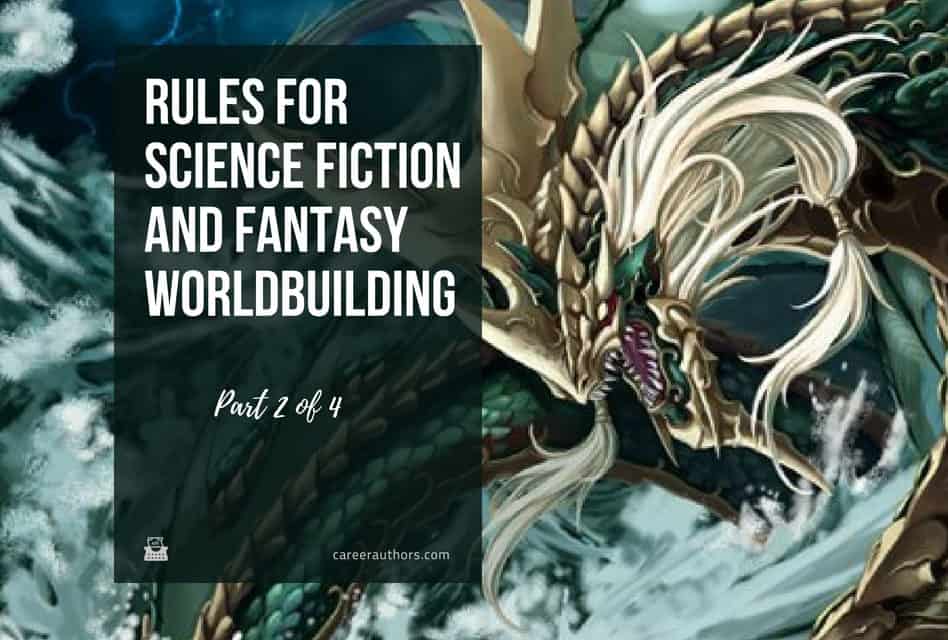What makes a work science fiction or fantasy?
The rule is that the SF or fantasy element must be core. It can’t be a surface veneer – it has to be in the structure of the work.
The best way to visualize this is with examples.
Consider Shakespeare’s Hamlet. If you take the text and do a search and replace, taking out every occurrence of ‘Denmark’ and swapping in ‘Mars,’ you can clearly see that this does not make it SF. Keep on peeling – take out ‘Elsinore’ and put in ‘Marsport.’ Replace the fencing foils with ray guns, the horses or ships with land cruisers and sky boats. You can do this all day. It’s still not science fiction or fantasy. Why? Because the basic story has not changed.
A veneer of ray guns does not make it SF.
The Disneyfication of Hamlet
Hamlet is a good example, because this swap has actually been successfully done. You have seen Disney’s Lion King – do you recognize the plot? The feckless prince disinherited by his uncle forced to mature and seek revenge. Yes, when Hollywood lifts material they steal from the very best. All the melancholy Danes are lions. Denmark becomes the Serengeti and the disowned prince gets to sing “I Just Can’t Wait to be King.” But all the fantasy elements are purely Disney. You and I know that young lions do not pal around with warthogs and meerkats. The African wildlife does not have big production numbers hailing the Circle of Life. This is not only fantasy, it is quintessentially Disney.
Lion King was successful because all the Disney people borrowed was the simplest basic scenario as a foundation for their own brand of creativity. And that’s how to do it.
Borrowing from the classics
There are some fine examples in the genre which you could peruse. Read Alfred Bester’s seminal novel The Stars My Destination. The hero spends the book finding out who imprisoned him and revenging himself. You have read The Count of Monte Cristo by Alexander Dumas? Yes, it’s just like that. But Bester created an entire starfaring culture for his hero to adventure through. Tech developments like teleportation drive the plot. It is not actually anything like the Dumas novel.
Or look at Tooth & Claw, by award-winning author Jo Walton. She will tell you where she lifted the plot from: Framley Parsonage, by Anthony Trollope. Have you ever noticed how ruthless the Victorians were about inheritance and money? Almost like dragons, do you think? Walton made them into actual dragons, and it’s fascinating.
The full tradition of dragon nature (C.S. Lewis tells us that worm grows not to dragon unless he eats worm) is called upon. The characters can and do eat each other as part of their inheritance law. The funeral of grandpapa is concluded by dividing his corpse and devouring it. The heirs who don’t get a bite are peeved about being left out. Hoards of dragon gold are an exact equivalent to the inheritance of Limmeridge or Downton Abbey.
Anthony Trollope might swoon in dismay – but he was not an F&SF writer.
It’s not the trappings – it’s the structure
The originality of fantasy or science fiction is not in the trappings. It’s getting that magic or that tech down into the actual structure of the work. The wands or ray guns have to make the plot go.
Brenda Clough is writing a four-part series on sci-fi and fantasy worldbuilding for Career Authors this summer.


Brenda W. Clough has been writing science fiction and fantasy for years, including Doors of Death and Life (Tor), and has been a finalist for both Hugo and Nebula awards. She blogs at Book View Cafe. Her latest venture is a Victorian thriller, a sequel to the Wilkie Collins’ classic The Woman in White. It is available, in serial form naturally, at A Most Dangerous Woman.





